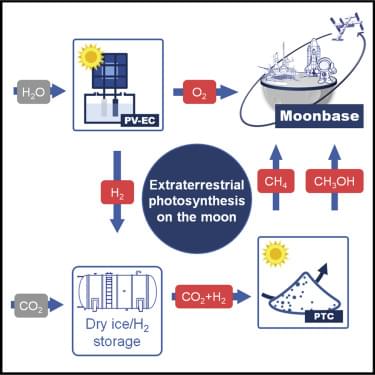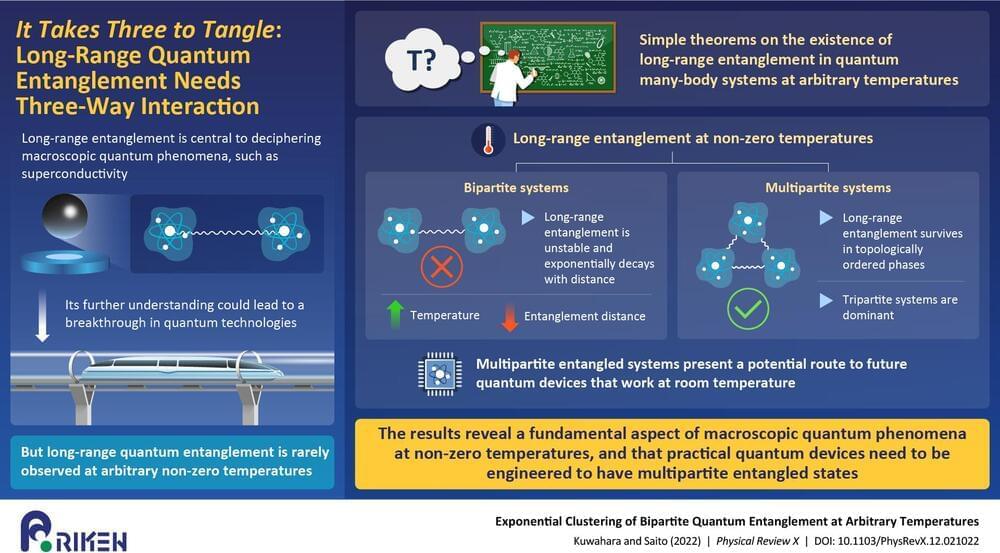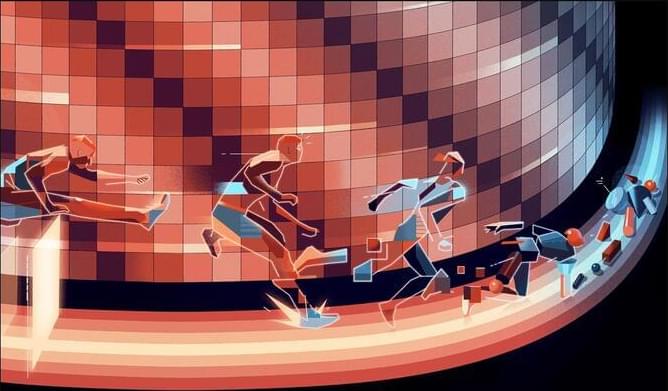Quinn SenaAuthor.
Tenor.
Jose Ruben Rodriguez Fuentes shared a link.
Carrie Arnold is a freelance health and science writer living in Virginia.
At the age of 20, I committed my first mass murder. I didn’t, of course, mean to kill anyone. But my good intentions meant nothing to the small mound of deceased fruit flies in the bottom of the vial.
My goal was simply to anesthetize them and then search their wrinkled, vellum wings and bulging eyes for mutations. It was a classic introductory genetics experiment, one taught to countless aspiring biologists for a century. I doused a cotton ball with ether, the fruity-smelling liquid that would render the flies temporarily unconscious (and easier to count). The instructor warned us to make sure the flies were completely knocked out, so that they didn’t wake up mid-experiment. So I left the ether-soaked cotton on the vial an extra minute or two. Just to be safe.








